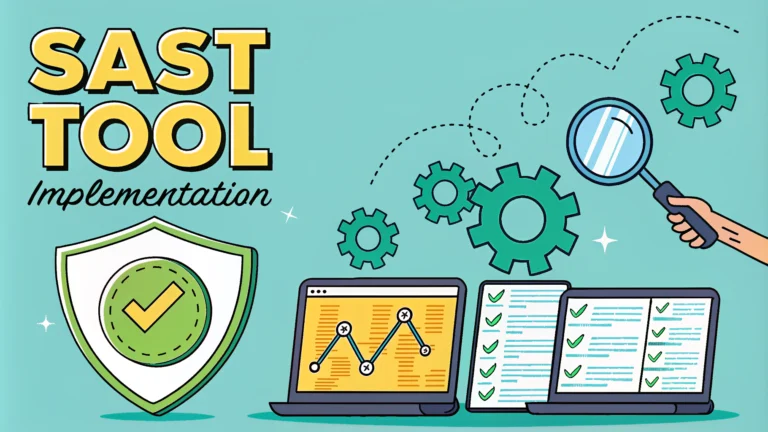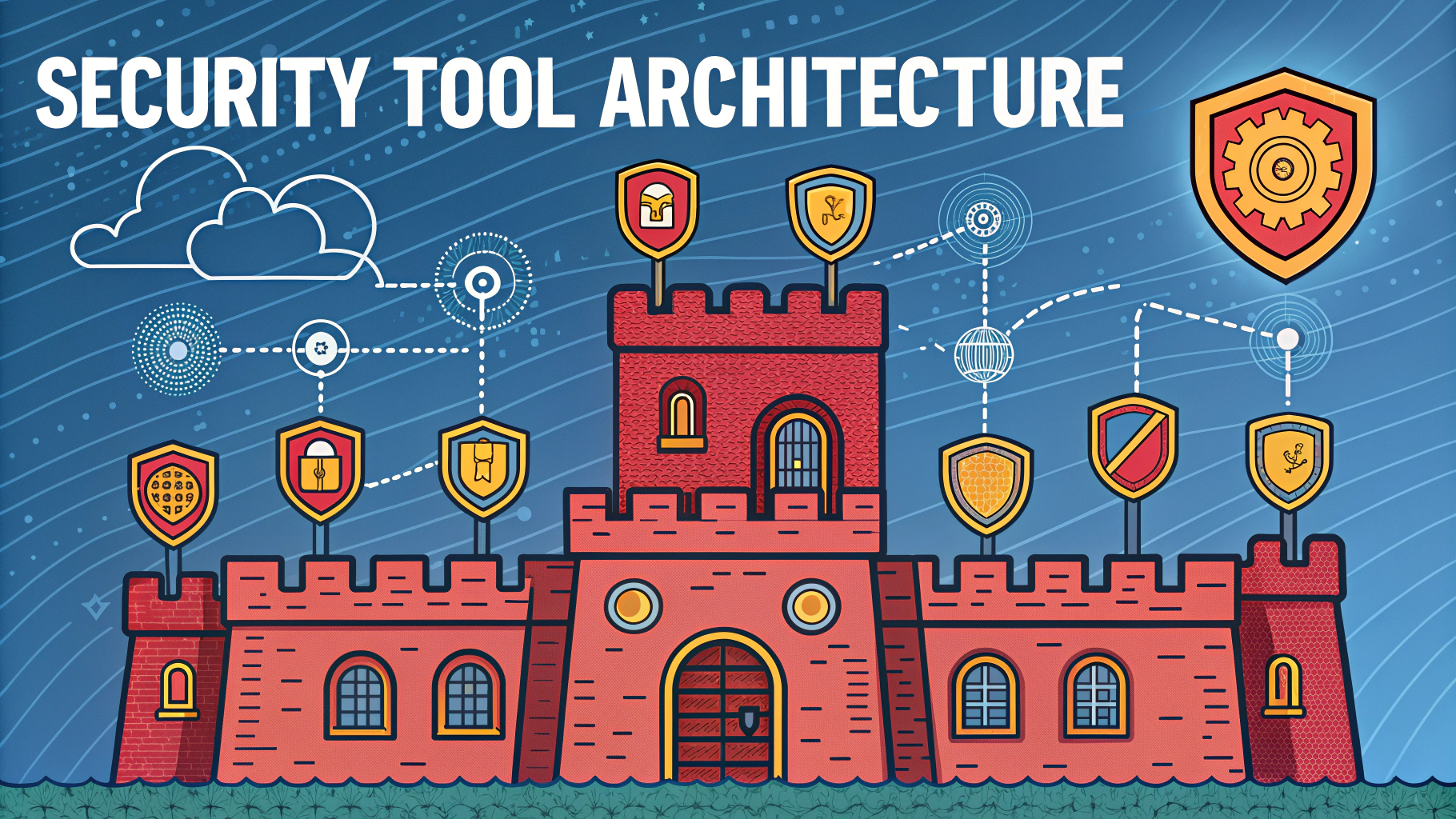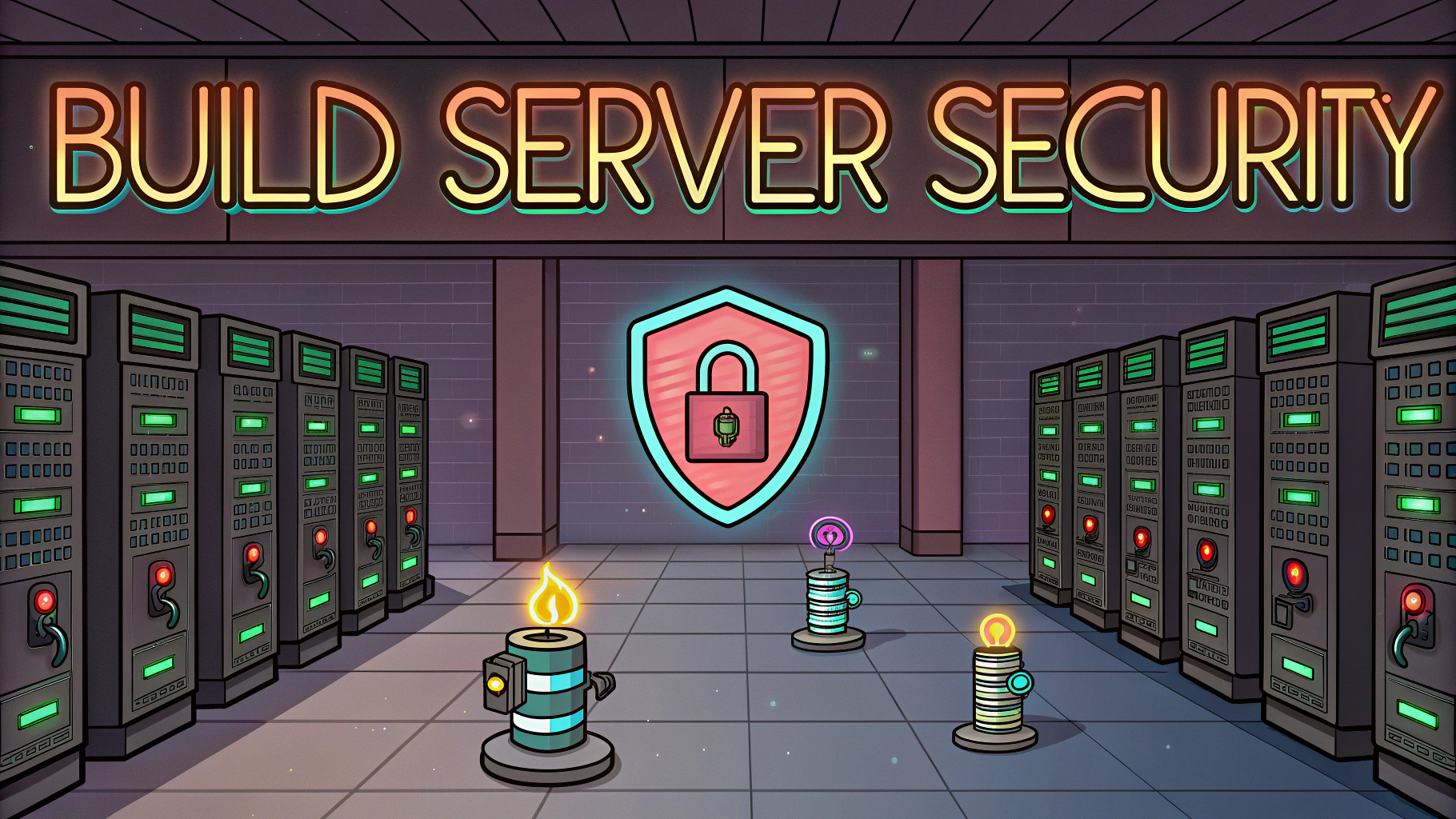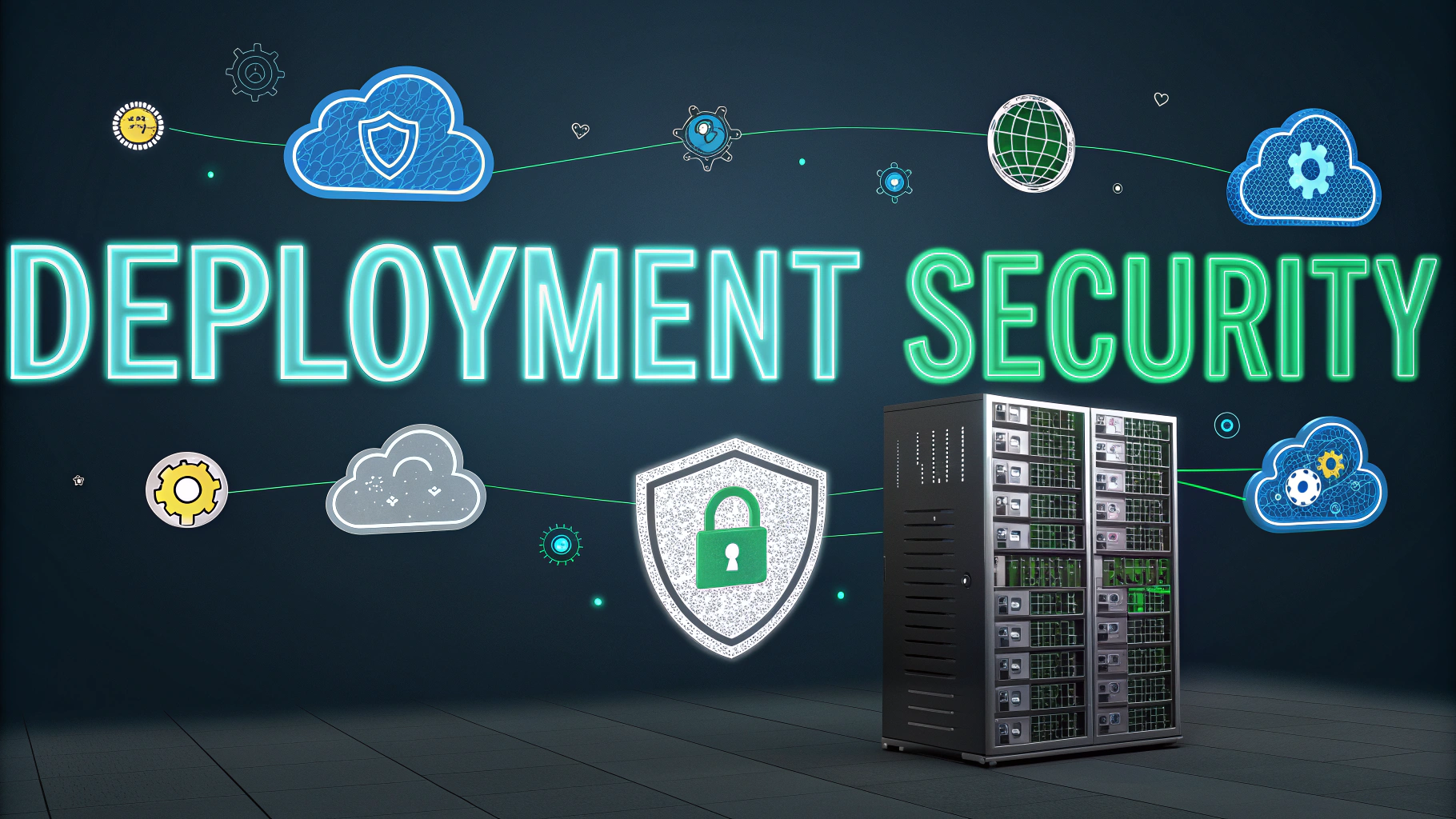Security testing requires robust tools and methodologies to identify vulnerabilities early in the development process.
Static Application Security Testing (SAST) tools analyze source code for security flaws before deployment, making them essential for DevSecOps practices.
This guide explores SAST tool implementation strategies for effective penetration testing and security assessment workflows.
Selecting the Right SAST Tool
Consider these factors when choosing a SAST tool:
- Programming language support
- Integration capabilities with existing CI/CD pipelines
- False positive rate and accuracy
- Scanning speed and performance
- Cost and licensing model
- Available support and documentation
Popular SAST Tools
| Tool | Best For | Key Features |
|---|---|---|
| SonarQube | Large enterprises | Multi-language support, customizable rules |
| Checkmarx | Enterprise-level scanning | Advanced vulnerability detection, CI/CD integration |
| Fortify | Complex applications | Comprehensive analysis, detailed reporting |
Implementation Steps
- Set up the SAST environment:
- Install required dependencies
- Configure authentication
- Set up project structure
- Configure scan policies:
- Define security rules
- Set severity thresholds
- Customize false positive filters
- Integrate with CI/CD:
- Add scan steps to pipeline
- Configure automated triggers
- Set up failure conditions
Best Practices
- Regular Updates: Keep SAST tools and security rules current
- Baseline Scans: Establish initial security benchmarks
- False Positive Management: Review and document false positives
- Developer Training: Educate team on SAST tool usage
- Results Prioritization: Focus on high-risk vulnerabilities first
Common Challenges and Solutions
| Challenge | Solution |
|---|---|
| High false positive rates | Implement custom filtering rules and regular rule updates |
| Slow scan times | Use incremental scanning and optimize scan configurations |
| Integration issues | Work with vendor support and use documented APIs |
Additional Resources
Moving Forward with SAST
Start with a pilot implementation focusing on critical applications before expanding to your entire codebase.
Monitor and measure the effectiveness of your SAST implementation through key metrics like vulnerability detection rates and fix times.
Regular assessment and refinement of your SAST strategy helps maintain strong security practices throughout your development lifecycle.
Measuring SAST Success
Track these key performance indicators (KPIs) to evaluate SAST effectiveness:
- Number of vulnerabilities detected per scan
- Average time to fix identified issues
- False positive reduction rate
- Code coverage percentage
- Security debt trends
Advanced SAST Configurations
Custom Rule Development
Create organization-specific security rules based on:
- Internal security policies
- Compliance requirements
- Known vulnerability patterns
- Business-specific risk factors
Integration Patterns
| Pattern | Use Case |
|---|---|
| Pre-commit hooks | Early detection of security issues |
| Build-time analysis | Comprehensive codebase scanning |
| Scheduled scans | Regular security maintenance |
Scaling SAST Deployment
- Begin with critical applications
- Identify high-risk components
- Establish scanning baselines
- Document initial findings
- Expand coverage systematically
- Add applications incrementally
- Adjust policies as needed
- Monitor resource usage
Strengthening Your Security Posture
Integrate SAST results with broader security initiatives to create a comprehensive security strategy. Regular tool updates and team training ensure maximum protection against emerging threats.
Maintain clear documentation of scanning policies and remediation procedures to support long-term security objectives and compliance requirements.
Success in SAST implementation comes from consistent execution, continuous improvement, and strong collaboration between security and development teams.
FAQs
- What is SAST and how does it differ from other security testing methods?
SAST (Static Application Security Testing) is a white-box testing methodology that analyzes source code for security vulnerabilities without executing the program. It differs from DAST (Dynamic Application Security Testing) and penetration testing as it examines code from the inside out, identifying potential security issues during development. - Which programming languages are typically supported by SAST tools?
Most SAST tools support common programming languages like Java, C/C++, Python, JavaScript, C#, PHP, and Ruby. Enterprise-grade SAST solutions often cover 20+ programming languages and frameworks. - What types of vulnerabilities can SAST tools detect?
SAST tools can detect SQL injection, cross-site scripting (XSS), buffer overflows, unvalidated input, security misconfigurations, hard-coded credentials, and OWASP Top 10 vulnerabilities in source code. - How do I integrate SAST into my CI/CD pipeline?
SAST integration involves configuring the tool in your build process, setting up scan triggers, defining security gates, and connecting with CI tools like Jenkins, GitLab CI, or Azure DevOps. Scans should run automatically when code is committed. - What are common challenges when implementing SAST?
Common challenges include false positives, scan performance issues, configuration complexity, developer resistance, and integration with existing development workflows. - How can I reduce false positives in SAST scans?
False positives can be reduced by tuning security rules, implementing custom filters, maintaining an approved vulnerability exceptions list, and regularly updating the SAST tool’s rule set. - What are the key considerations when selecting a SAST tool?
Consider language support, integration capabilities, accuracy rates, performance, pricing model, support quality, reporting features, and compliance requirements of your organization. - How often should SAST scans be performed?
SAST scans should be performed at every code commit for incremental analysis and complete scans should be run at least daily for full codebase analysis. Critical applications may require more frequent scanning. - What’s the difference between commercial and open-source SAST tools?
Commercial tools typically offer better support, more comprehensive language coverage, advanced reporting, and enterprise integration features. Open-source tools may have limited scope but are cost-effective for smaller projects. - How should I prioritize SAST findings?
Prioritize findings based on severity, exploitability, business impact, regulatory requirements, and the affected component’s exposure to potential attackers.







